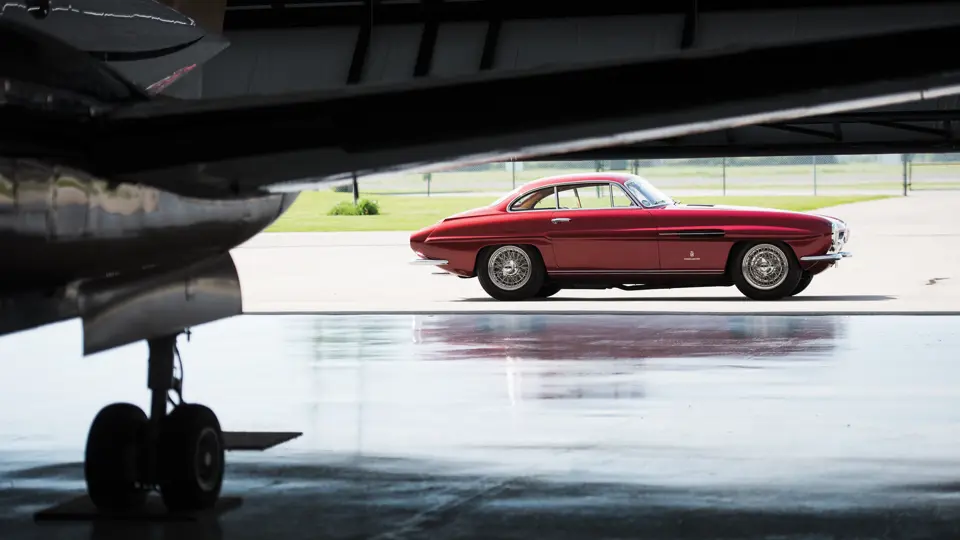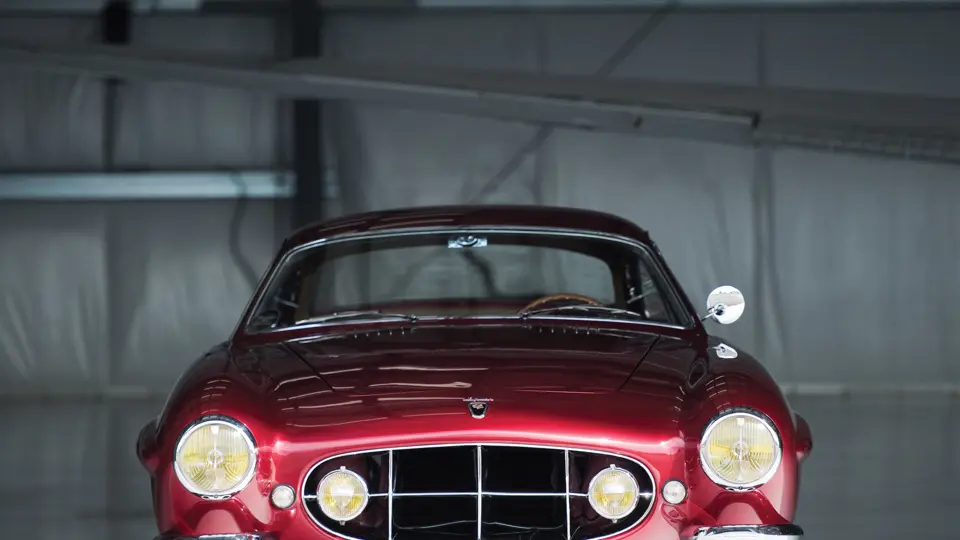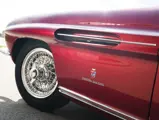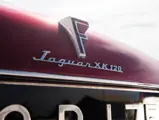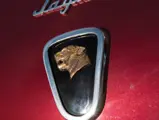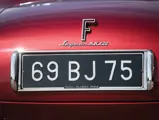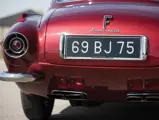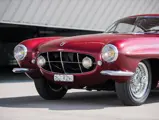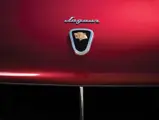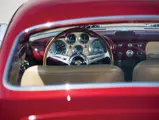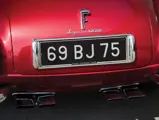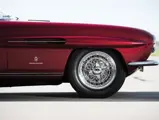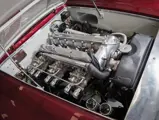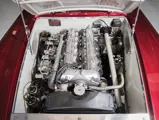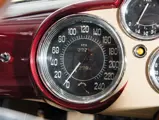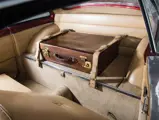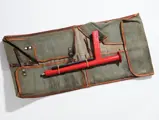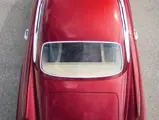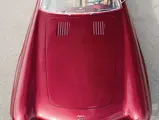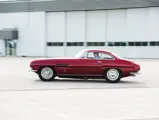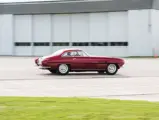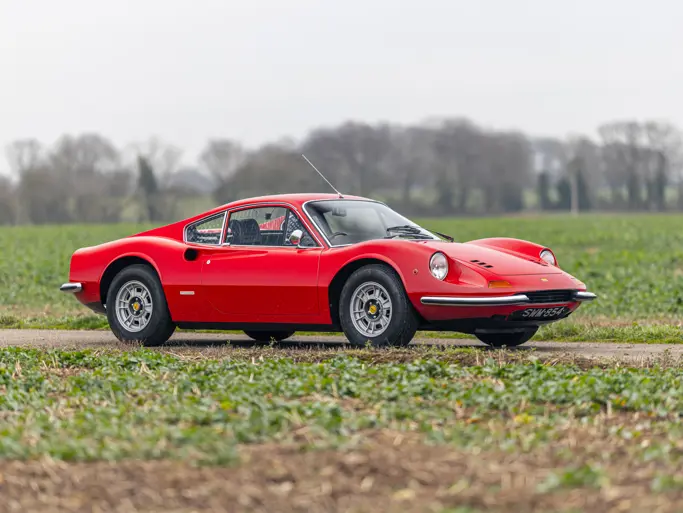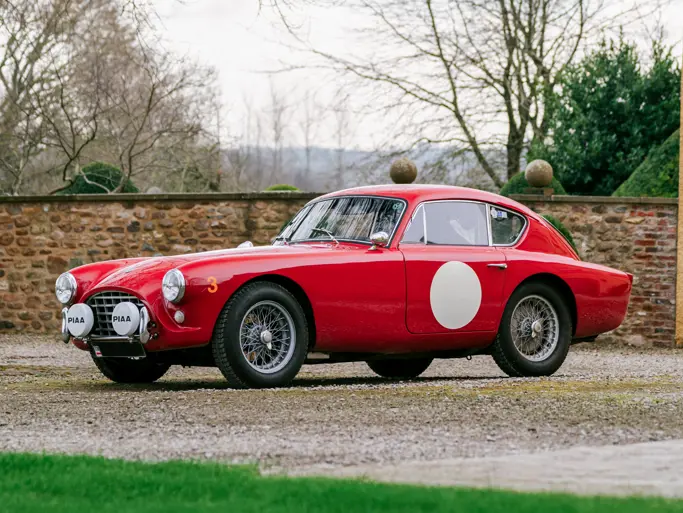
1952 Jaguar XK 120 Supersonic by Ghia
{{lr.item.text}}
$2,062,500 USD | Sold
{{bidding.lot.reserveStatusFormatted}}
- One of three built with Giovanni Savonuzzi’s fabulous Supersonic coachwork
- The 1954 Paris and Cannes show car
- Only 22,000 kilometers from new
- A period concours participant
- The ultimate Jet Age styling on one of the world’s great sports cars
Est. 220 bhp, 3,442 cc DOHC inline six-cylinder engine with triple Weber two-barrel carburetors, four-speed manual transmission, independent front suspension with solid rear axle and semi-elliptical leaf springs, and four-wheel drum brakes. Wheelbase: 102 in.
Much as aircraft design influenced the automobiles of the 1920s, the emerging aerospace industry and rocket technology influenced styling of the early 1950s. With supersonic speeds finally achieved, it was natural that an automobile would emerge dubbed the Supersonic—and that it would come out of Italy, the forefront of worldwide automotive styling at the time.
The Supersonic was created by Ghia designer Giovanni Savonuzzi and originally appeared on a Conrero-tuned Alfa Romeo 1900 entered in the 1953 Mille Miglia. Its ultra-streamlined curves, appearing to have been stretched in aluminum over a chassis, would be copied on a small run of Fiat 8V chassis, an Aston Martin, and no fewer than three Jaguar XK120s.
The XK120 offered here, chassis number 679768, is documented by its Jaguar-Daimler Heritage Trust Certificate, a copy of which is on file, as having been originally delivered as a left-hand-drive model with its present engine, number W 5162-8, and factory fixed head coupe bodywork to dealer Delecroix, of Paris, France.
It is believed that Delecroix then shipped this car and another left-hand-drive XK120 to Ghia for new Supersonic bodywork, built to the order of Monsieur Malpelli, reportedly a businessman from Lyon. This particular car is the only example originally fitted with a cylinder head tuned by Virgilio Conrero, accommodating three 2-barrel Weber carburetors, rather than the standard twin SUs, and enabling the engine to produce some 220 brake horsepower.
Upon its completion, chassis number 679768 was exhibited at both the Paris and London shows in 1954, and it also took part in the concours d’elegance competitions in Montreux and Cannes (importantly being shown alongside the other two XK120 Supersonics at the latter event). However, Monsieur Malpelli never paid the bill for either of his Supersonics, resulting in the Parisian dealer taking them back.
The car remained with the dealer until 1969, when it was sold to Philippe Renault. It was subsequently sold to Roland Urban and displayed in his collection of special-bodied Jaguars at Montlhéry, as well as featured in his book, Les Métamorphoses du Jaguar (pages 170–176). It passed in 1994 to a prominent French Jaguar collector, M. Ferchaud. In Mr. Ferchaud’s ownership, the car was restored with the assistance of marque specialists Atelier Sontrop, having recorded at that point only 9,400 kilometers from new; documentation for that restoration, as well as for services since, is available on file. Following this work, the car was an award winner at the Louis Vuitton Concours d’Elegance at Bagatelle in 1998.
The car was acquired by its present owners in 2007 and presently records 22,000 original kilometers. Although repainted by Atelier Sontrop in its present lovely red metallic hue, its tan leather upholstery is the original installed by Ghia in 1953. Its mileage is documented by an extensive collection of paperwork, including its FIVA paperwork and French Carte Grise. The car also retains its original matching-numbers engine block and head, identified by their appropriate numbers. It won a special prize at the Chantilly Arts & Elegance Richard Mille Concours d’Elegance in 2014. Importantly, this is one of only two XK120 Supersonics (both Malpelli cars) that exist today.
It is a rare opportunity to find an iconic streamlined design of the Jet Age, and it is rare to find a truly special Jaguar XK120. This car combines both into one thrilling, dramatic package, as exciting today as it was in the early 1950s—perhaps even more so!




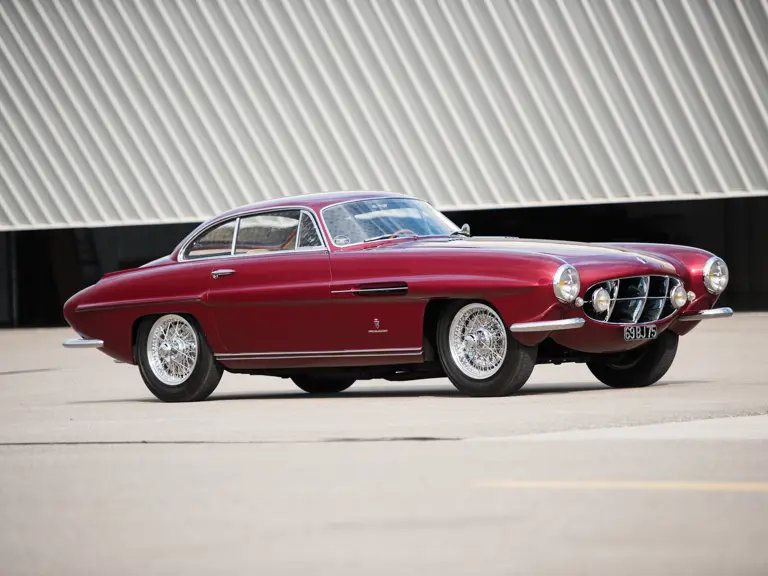


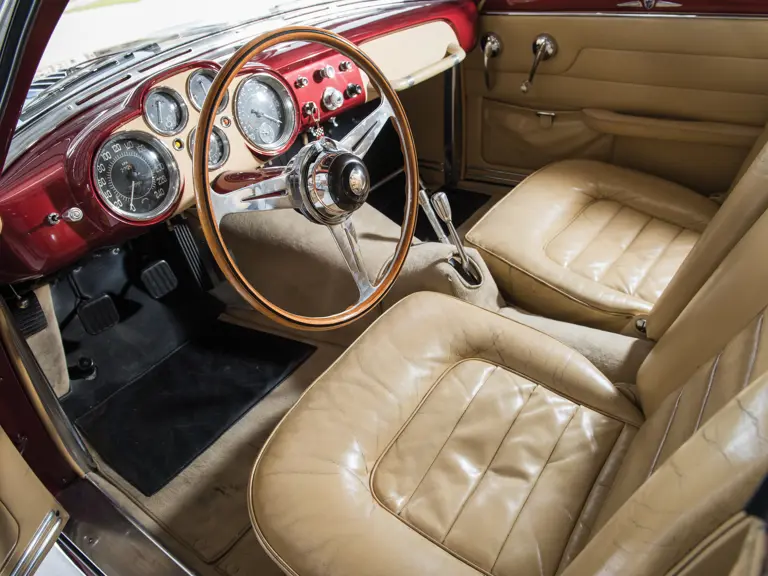
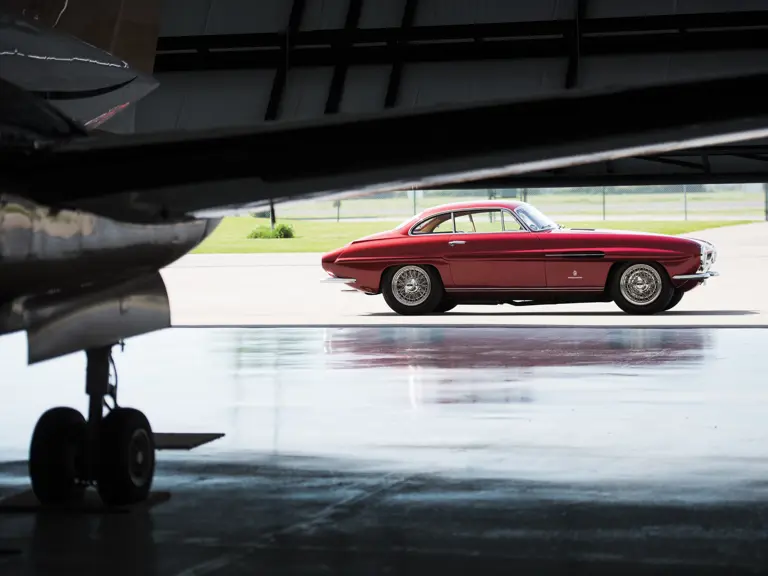
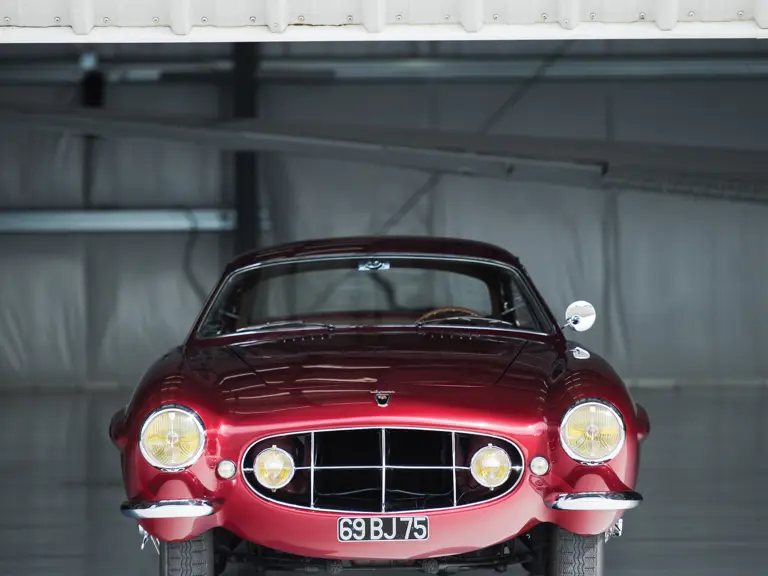
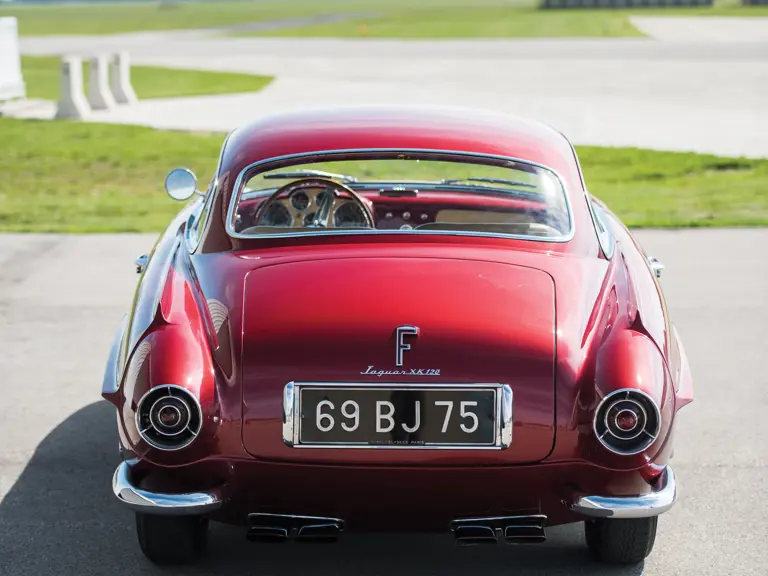

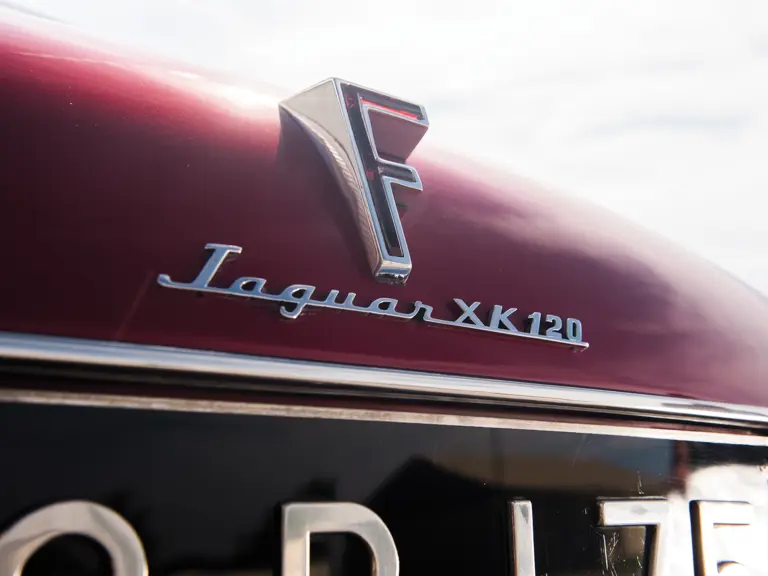
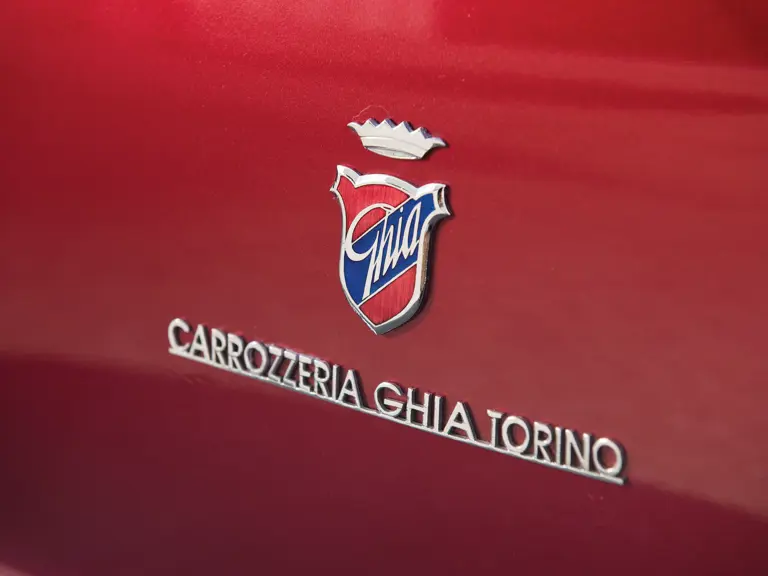
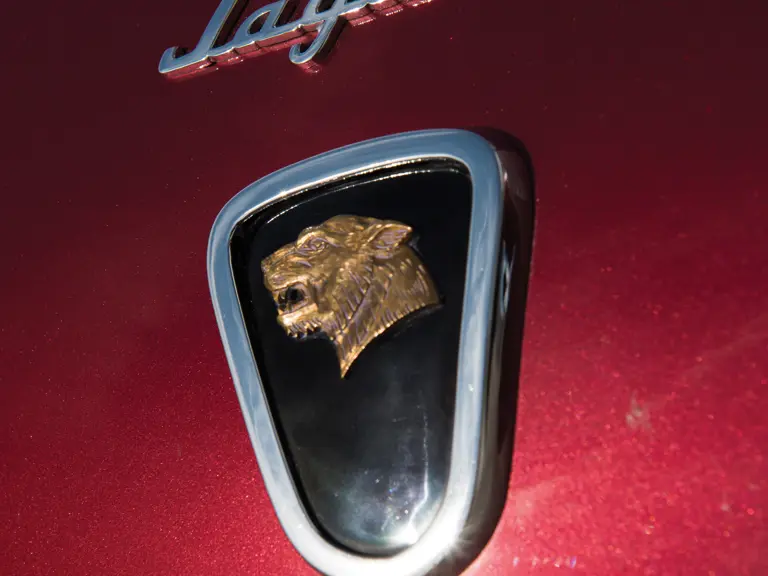
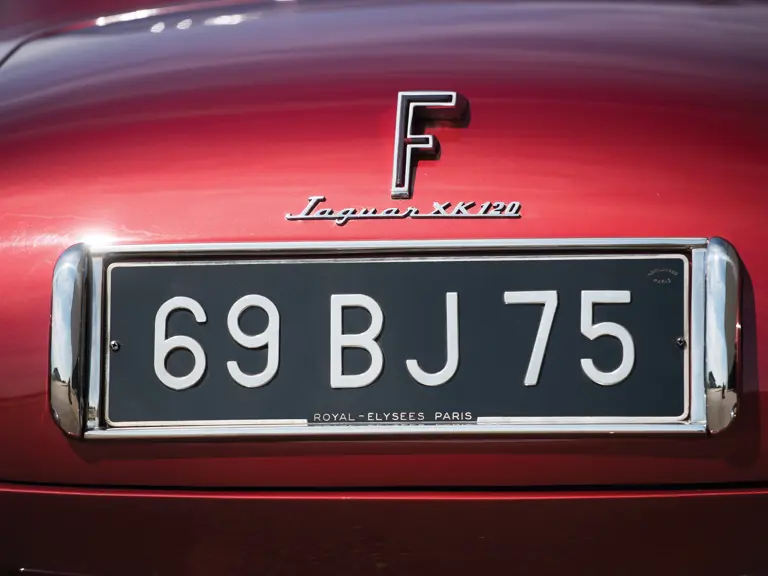
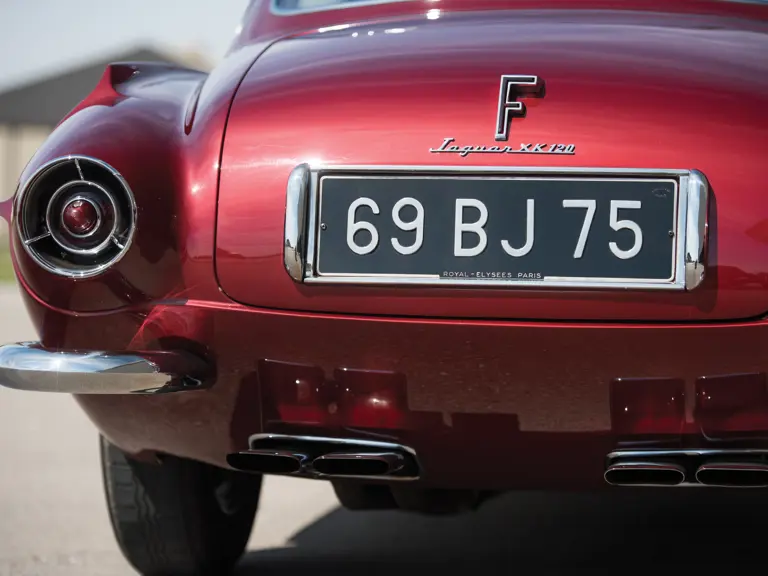

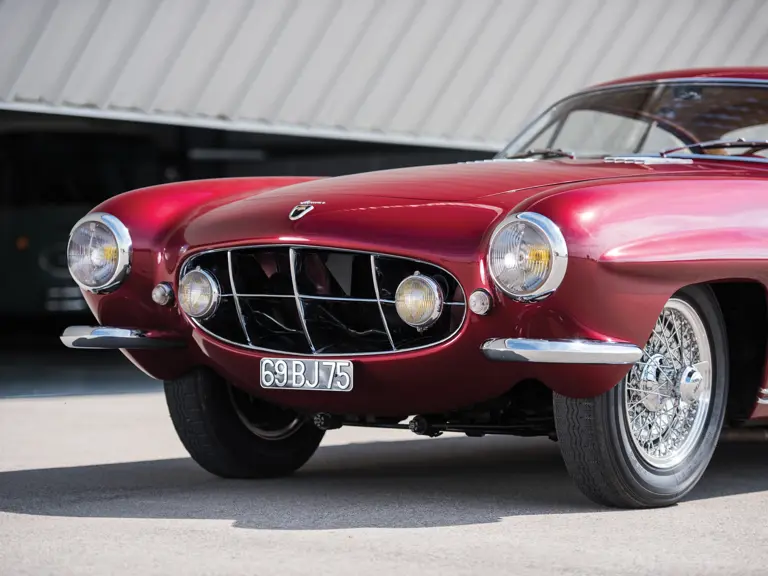
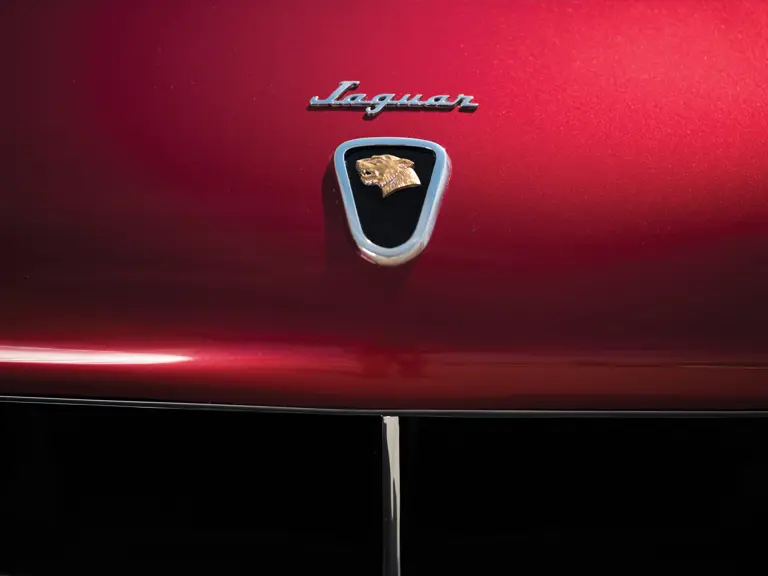
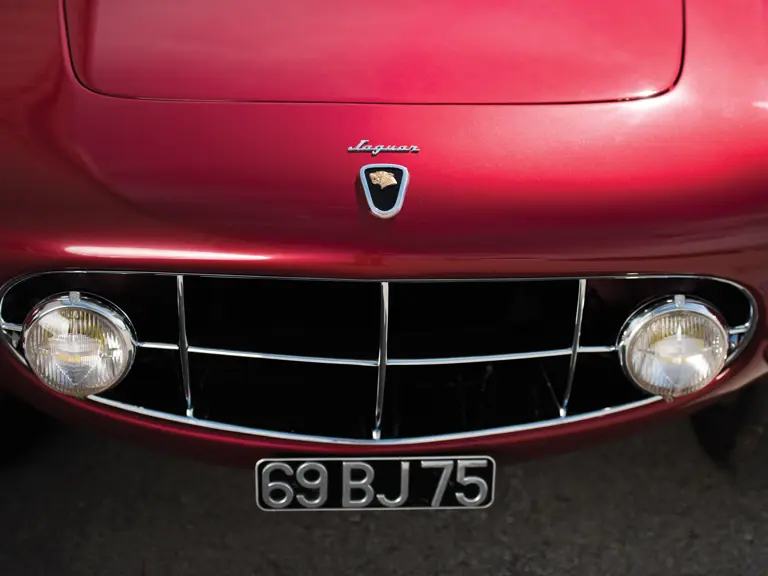
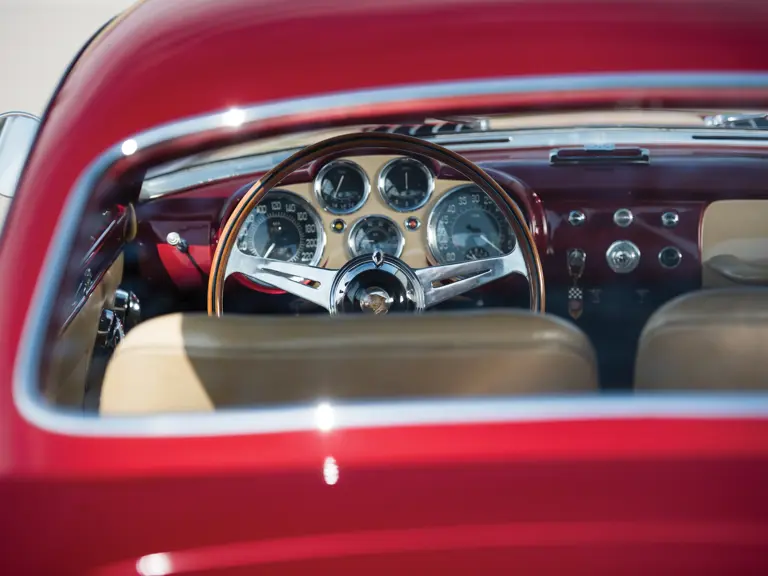
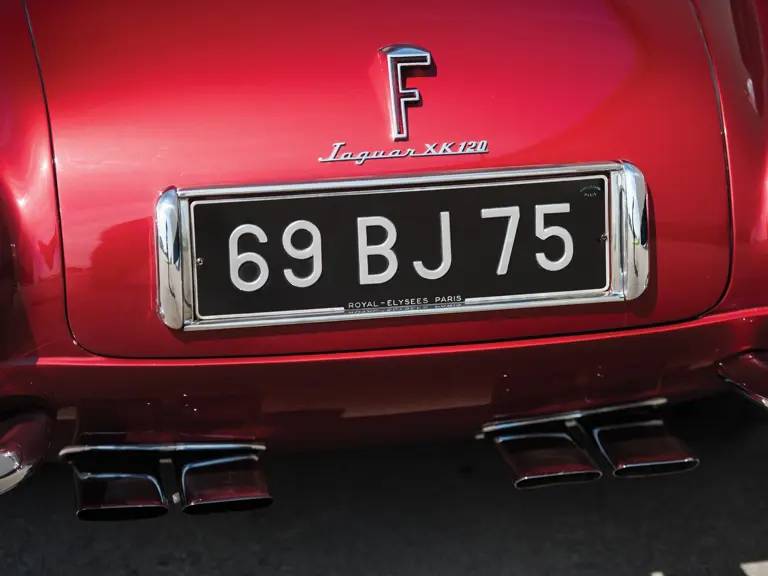
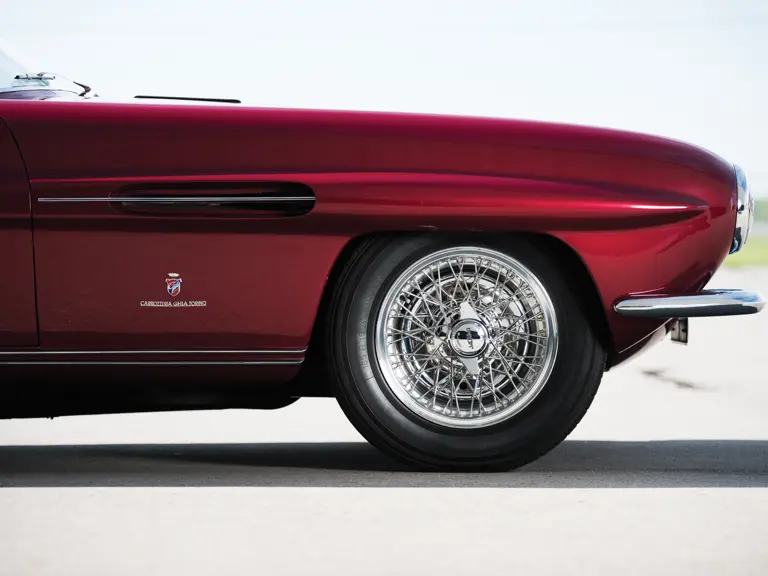
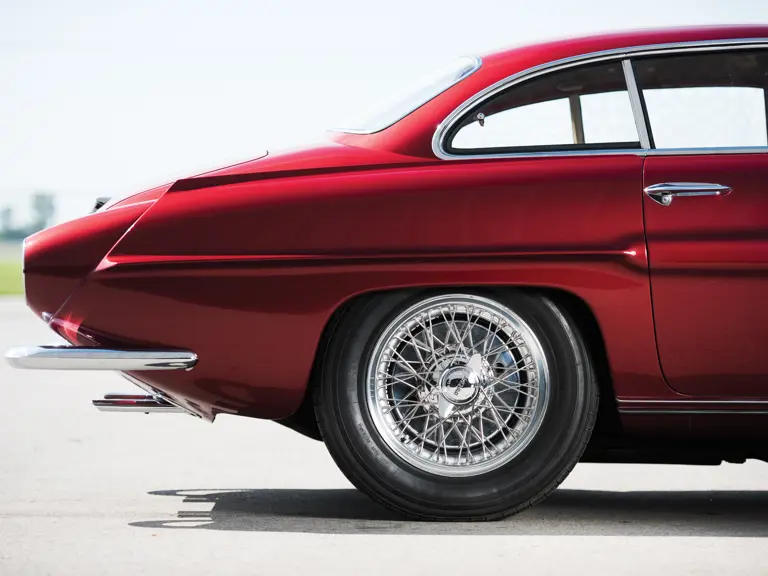
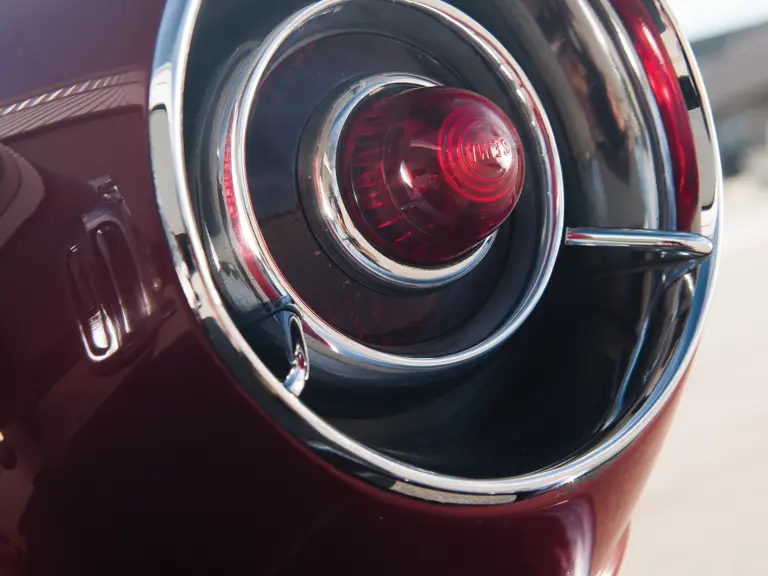
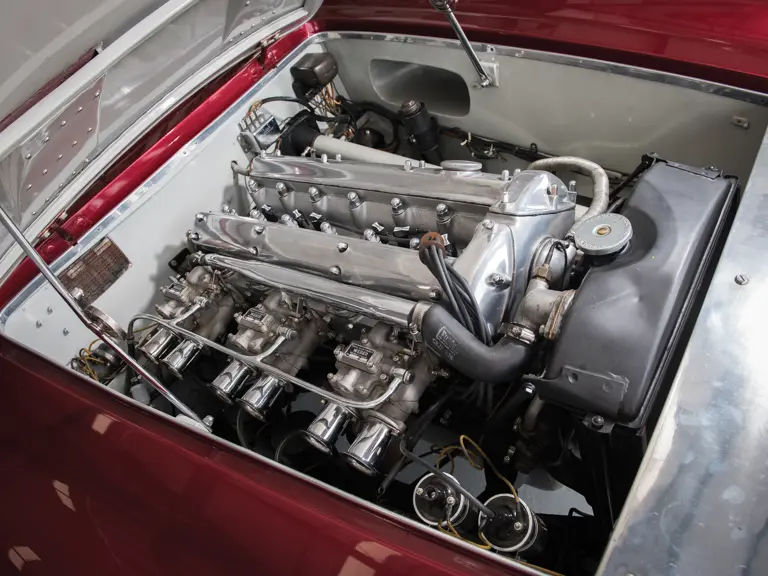
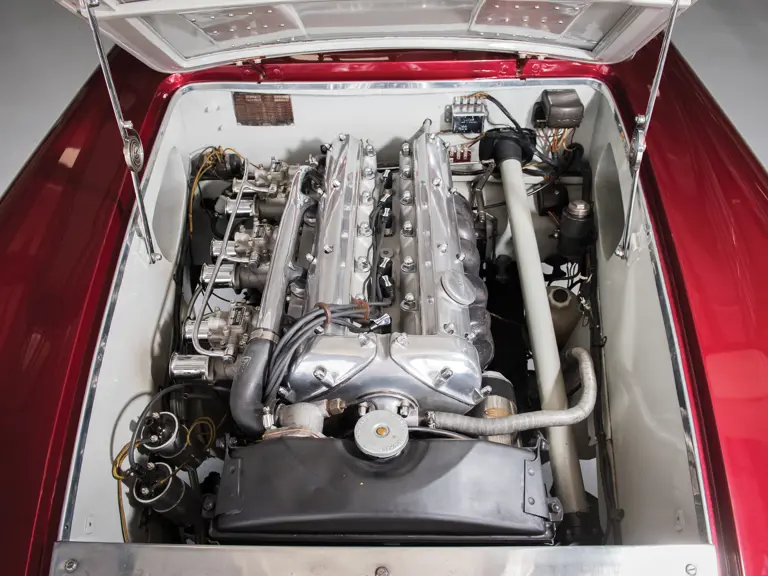


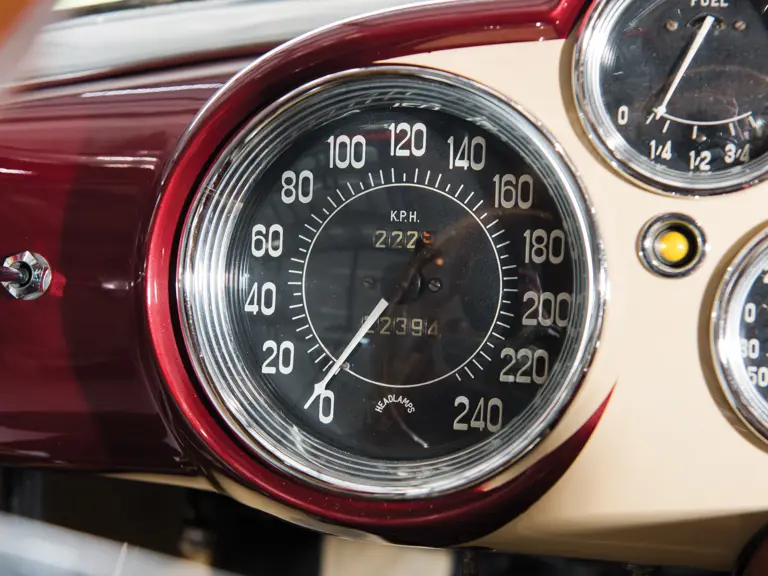


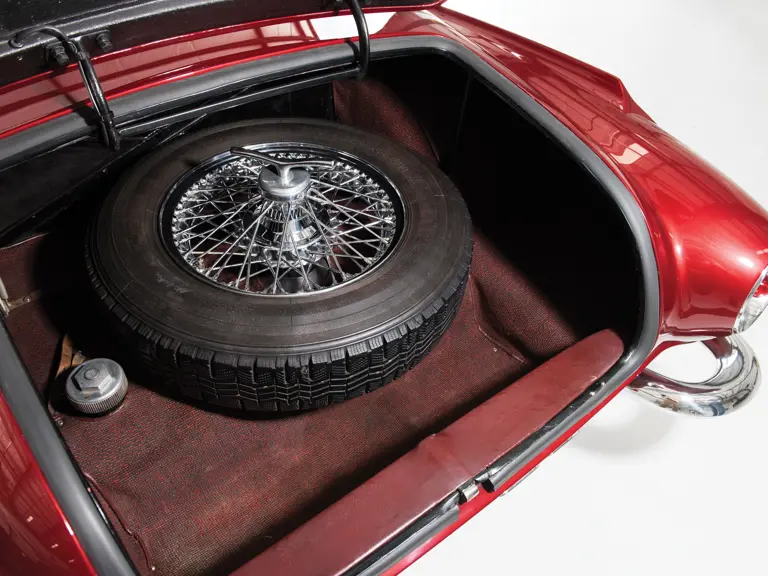
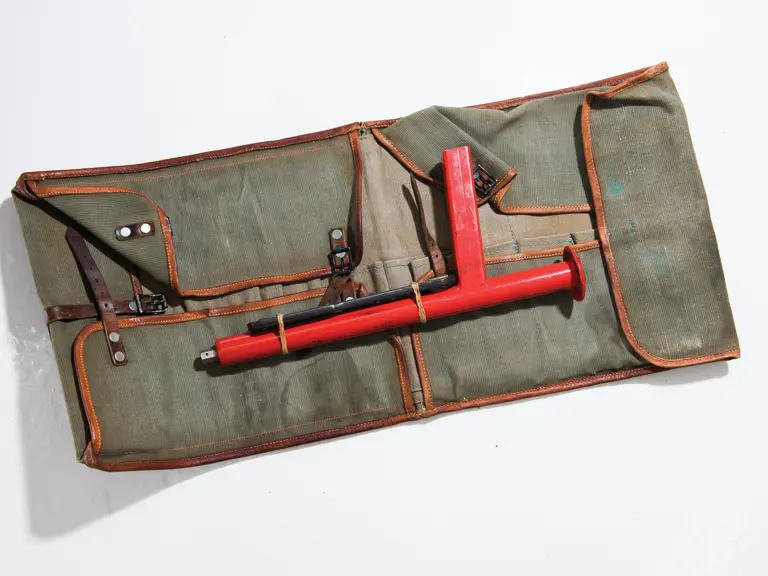
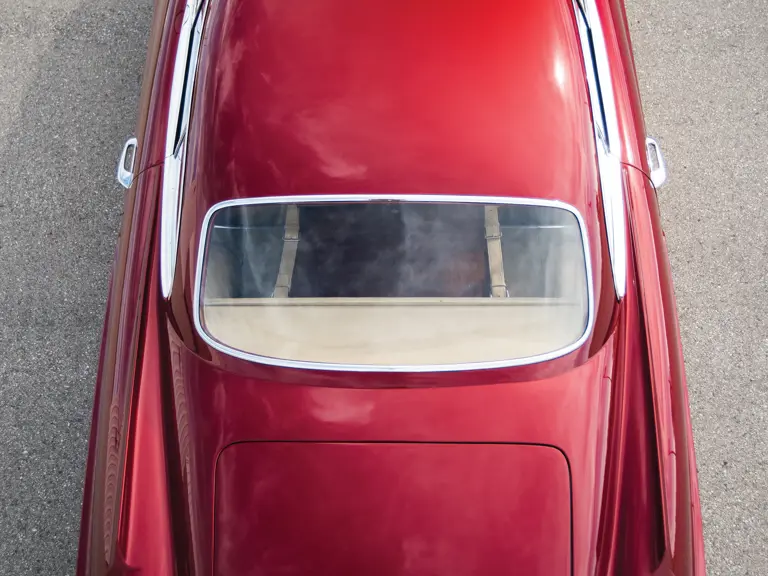
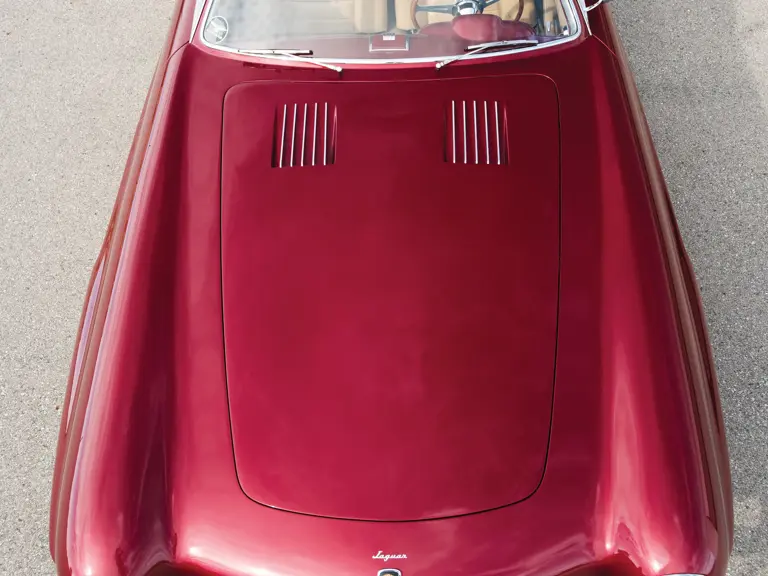
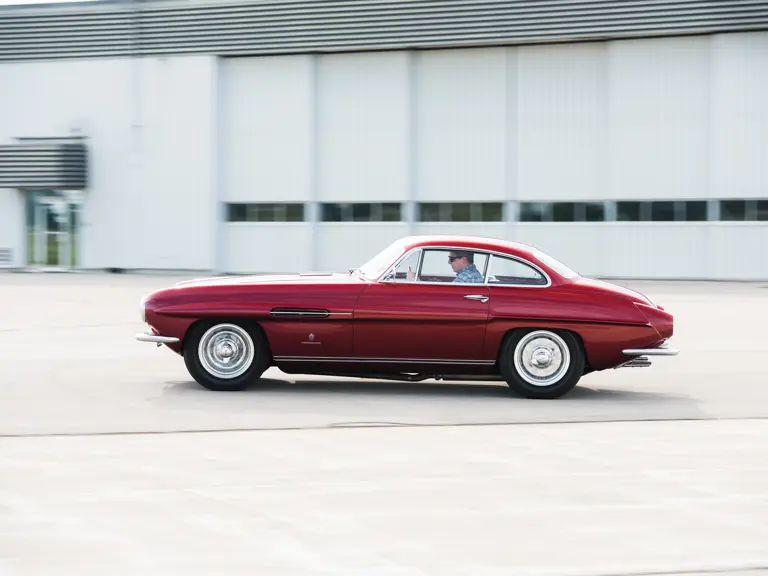
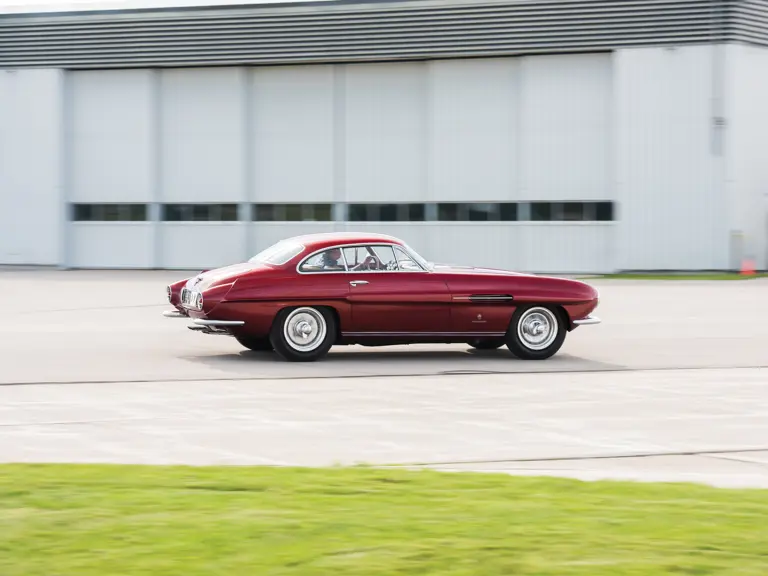
 | Monterey, California
| Monterey, California
